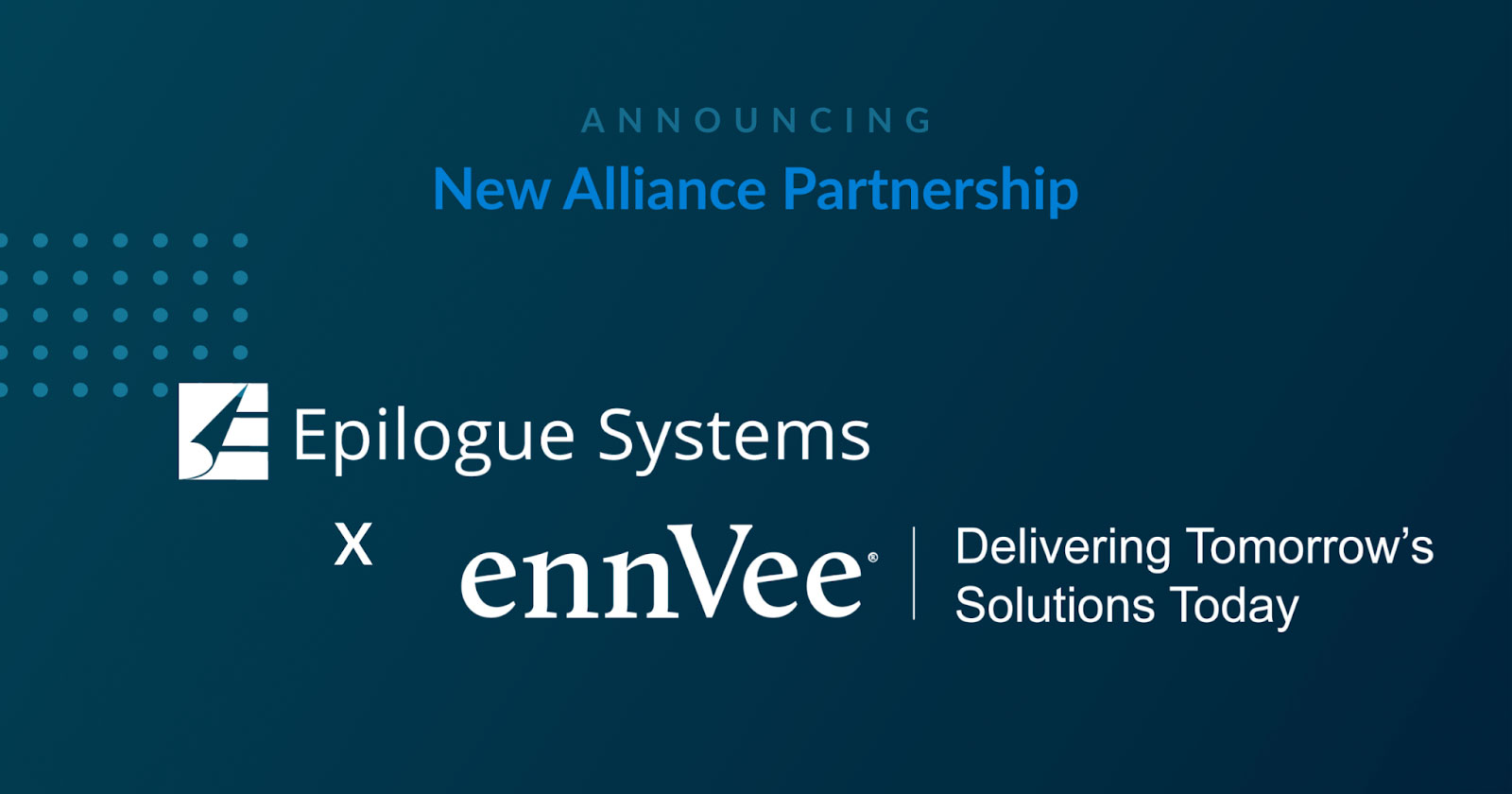
A skills gap analysis allows a company to understand the difference between the skills that current or potential employees possess and the skills they lack. By analyzing this gap, an employer can better understand the training and tools workers need to perform their jobs better.
According to the Harvard Business Review, the skills gap is very real. In an employer survey conducted in 2013, 35% found it impossible to find talent to fill specific roles. That number jumped to 39% among employers in the U.S. specifically. The causes for a skills gap are debatable, but many attribute it to a gap in what’s learned in school and what’s needed in the real world.
Learning what your employees need through a skills gap analysis can help you implement a plan to reduce and eventually eliminate the gap.
Identify Your Company’s Needs and Goals
To begin a skills gap analysis, you’ll need to clearly identify your company’s goals. Gather your top executives to collaborate on a list of important objectives. Once you have your needs and goals for the future laid out, it’s easier to figure out how your employees can help you achieve them.
Determine What Skills Are Necessary to Achieve Your Goals
Take each goal on your list and analyze how your employees can help you get there. Think about specific skills that are necessary to complete the jobs and tasks for each goal. Be specific in the programs an employee needs to be able to use or specific techniques they must know to be successful in the role.
Begin researching methods for uptraining your employees. Many companies find a digital adoption solution is an easy way to build guidance resources that are available to employees when they’re learning new skills or methods.
Measure Employees’ Current Skill Level
You won’t know how you need to train your employees unless you can assess their current skill level. There are several methods you can use to assess your workers’ skills, including:
- Questionnaires or surveys: Ask employees to answer questions about what they know. While you can get answers quickly with this method, they’re often limited and it can be hard to accurately measure skill levels.
- Interviews: Speaking directly with employees can give you a sense of their skills. However, in speaking face-to-face with you, they may feel pressured to claim they’re skilled in areas where they don’t have experience.
- Performance reviews: Provide feedback on performance during reviews with employees. This method may help you determine the skills employees have but it can also be bad for employee morale if you’re not sensitive with your execution.
- Skills management software: With onboarding software or skills management software, you can digitally keep track of the skills employees have learned and mastered. This makes completing a skills gap analysis easier, faster, and more accurate.
Train or Hire to Fill the Skill Gaps
Once your skills gap analysis has revealed the gaps that need to be addressed, you can choose to uptrain current employees, hire new workers with these skills, or a combination of both. The way you decide to fill the skills gap in your business depends on the type of skills that are missing.
If you find a group of similar skills that are missing, you may need to hire a new employee with a background in this area. However, if the skills you identify as missing are varied, you may choose a few current employees to learn one or two of the skills each until these new skills are distributed evenly among your staff.
Manpower Gap Analysis
In conjunction with your personal skills gap analysis, you can also complete a manpower gap analysis. This allows you to analyze the current manpower your company has and the manpower you think your company will need in the future.
In this analysis, you’ll first need to have a firm grasp on your current employee productivity level. Then, figure out the workload and skills you think your business will demand from employees in the future. Realistically consider how many employees you’ll need and positions you’ll need to fill in order to meet this workload.
Track Skill Improvement and Reassess
Eliminating your company’s skills gap isn’t a one-time task you can complete with a questionnaire and a training course. It’s an ongoing process that involves identifying your company goals, measuring problems, addressing these problems through progressive training methods, tracking the progress, then assessing and creating newly adjusted solutions.
You’ll need to follow the skills gap analysis process several times to achieve an ideal result. It’s usually helpful to implement this process at least every few years. This allows you to check-in with employees, their productivity, and their current skill levels so you can make changes to ensure your business is progressing to achieve its goals.
How to Measure Skill Improvement
Once you’ve identified the skills gap, provided training in the form of e-courses, digital systems, or other solutions, you’ll need to continually track the progress of your employees. There are several ways to track progress, including:
- Productivity analysis.
- Follow-up questionnaires.
- Interviews.
- Skills assessments.
When you stay on top of your company’s skills gap, you can address issues before they arise. By using assessment tools to analyze and address your skills gap, you can set your business and employees up for success.





